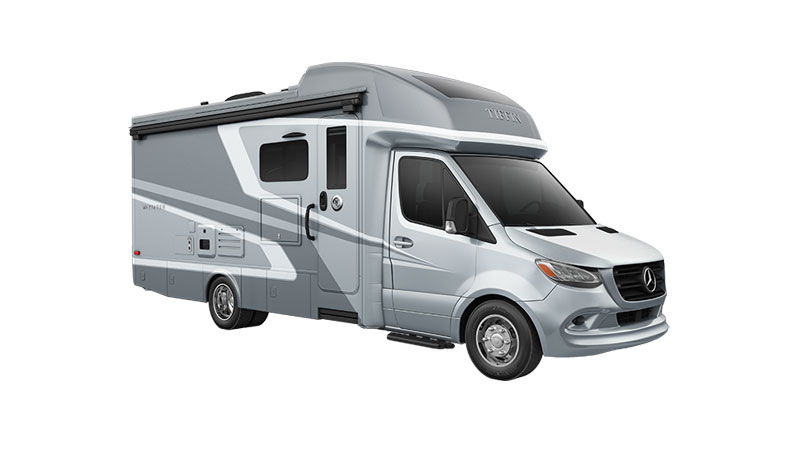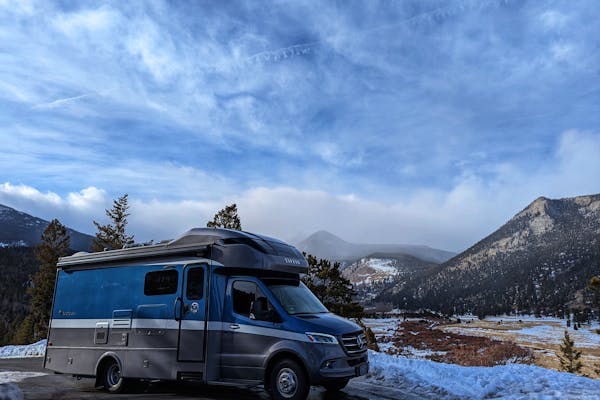Defrosting And Sanitizing Your Refrigerator
Keeping your fridge and freezer clean is an important part of RV maintenance. To defrost and sanitize both, start by turning off the unit and leaving the doors open for a few hours. We use a blow dryer and a towel to melt any built-up ice. Once everything is defrosted, use a warm, wet cloth and baking soda to wipe down the interior surfaces. Use a mild detergent and vinegar to sanitize, and then rinse with warm water.
If you’re having a hard time getting rid of any smells, try using a mixture of baking soda, vinegar and water. Leave the doors open for a while to help it air out. You can also put an open box of baking soda inside of your fridge to help prevent mildew smells.

Vacuuming Your RV: How To Get Rid Of Dust And Dirt
We have made it a habit to always sweep or vacuum our RV before we leave any campsite. In addition to keeping your RV clean, this also helps ensure that you’re not transporting any seeds or pollen from one place to another. We are fortunate to have a central vacuum system in our Tiffin Wayfarer but we still bring a small, portable vacuum with us. Before and after a trip, we like to vacuum all of the floors. Don’t forget to get behind the couch, under the chairs and around the slides. Your slideouts are super important, as you don’t want any debris ruining your floors or jamming your slides when you go to bring them in.
Cleaning The Kitchen And Bathroom
To clean your RV kitchen and bathroom, start by wiping down all surfaces with a damp cloth. For tougher stains or soap scum, mix baking soda with a little bit of water and apply it to the area. Let it sit for a few minutes before you start scrubbing. Just be careful when doing this, as you don’t want to scrub anything that can be etched, such as ceramic, marble, glass, or stainless steel. If you’re worried about scratching any surfaces, try a mixture of warm water, vinegar and non-toxic mild detergent. After everything is clean, buff them with a soft, dry towel to get rid of streaks.
How To Maintain A Clean RV
Keeping your RV clean doesn't have to be a major chore. With the right maintenance routine, you can easily keep your RV looking great all year round. You can also use non-toxic air fresheners and dehumidifiers to keep your RV smelling fresh and dry. Be sure to clean up messes and spills as they happen. The longer you wait, the harder they become to clean. Sweep and vacuum your RV regularly. Avoid clutter and try to keep your decor to a minimum. This leads to a nice visual space, but it also helps keep your weight down and makes the cleaning process much easier.














